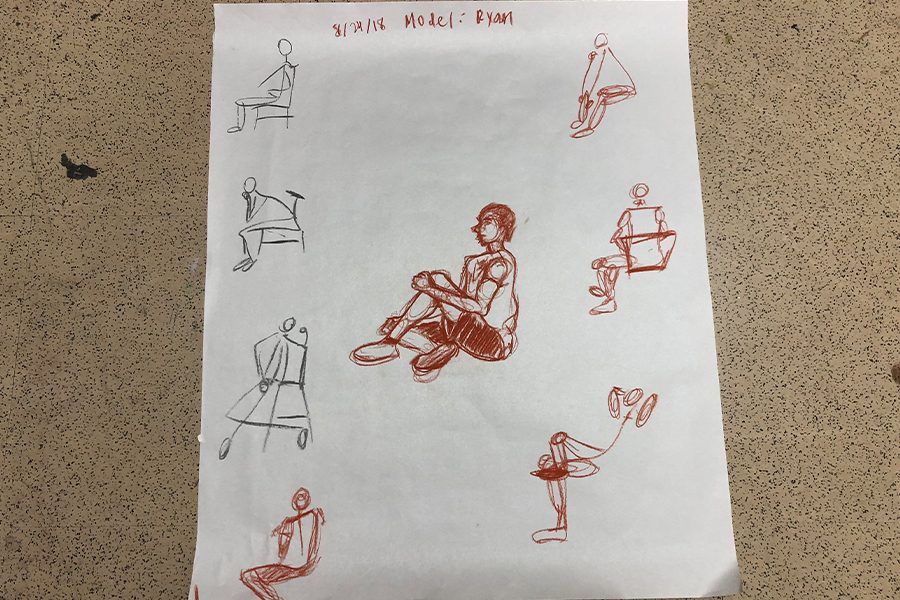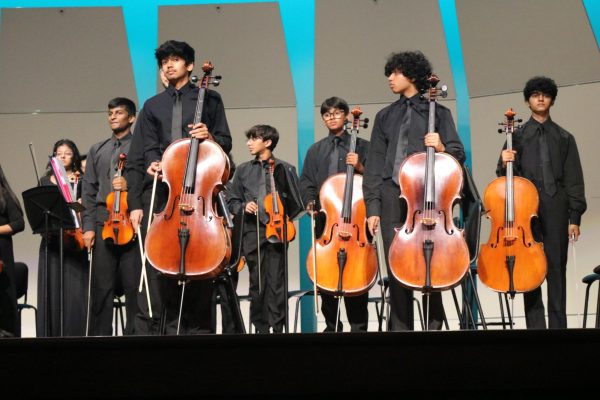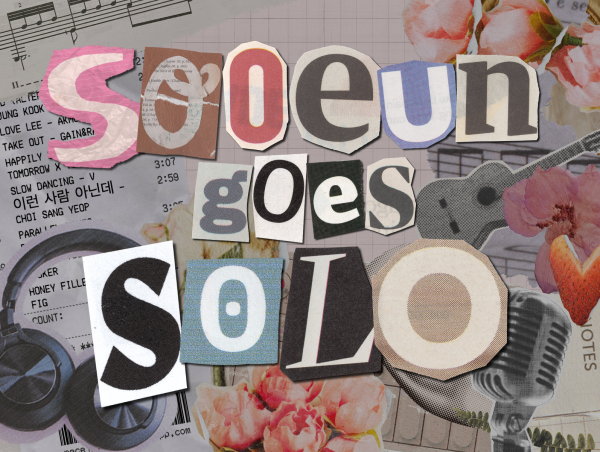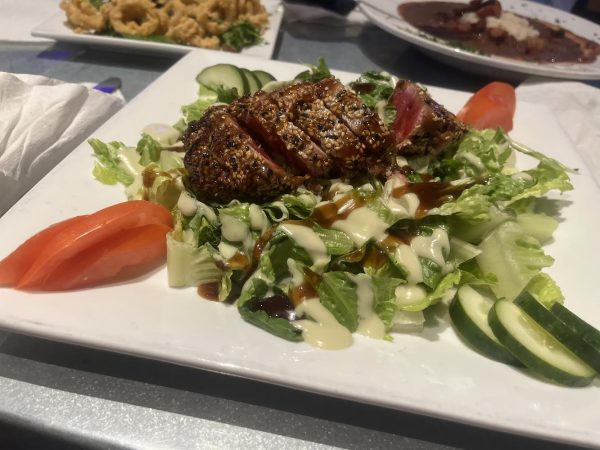Learning to draw by learning to see and look
AP Drawing students draw their peers in timed intervals.
Acting as both model and artist, AP Drawing students have an unique way to warm up everyday as a different student gets up on a table with a chair to model, while other students in the class observe and draw what they see. Art teacher Pernie Fallon believes by doing this at the beginning of each class students are improving their art skills, but also other skills.
You begin to understand other things better because you have learned how to see and how to look,
— art teacher Pernie Fallon
“They learn to see and when you look at something really closely you begin to understand a lot better in ways you may have not thought about before,” Fallon said. “You have an intuitive way of thinking and it helps broaden that and you learn to see proportions and just to compare and contrast things. When you understand something by looking at it, it doesn’t have to be an art, it doesn’t matter what subject you’re in, you begin to understand other things better because you have learned how to see and how to look.”
Students in the class have to learn how to sketch the student model without focusing on too much detail which allows students to focus more on the figure itself.
“I think sketching a model is a great learning experience. It requires a lot of observation and practice,” senior Shreya Valaboju said. “I learned that when sketching a model in a short amount of time you should focus on the general figure and not the details.”
The sketches are done in timed intervals ranging from 10 seconds to five minutes.
I learned that when sketching a model in a short amount of time you should focus on the general figure and not the details,
— senior Shreya Valaboju
“The most difficult part is probably the time,” Valaboju said. “We sometimes get only 10 seconds for one sketch.”
Although the time is constrained, Fallon hopes students learn their own individual style.
“First, I hope they enjoy it and feel like they’re improving their drawing skills and especially their hand eye coordination,” Fallon said. “I’m also hoping that they’re developing their own style and creating strokes and mark making in their own way that nobody else could duplicate and be proud of that and be happy with their own particular stroke and gestural expression.”
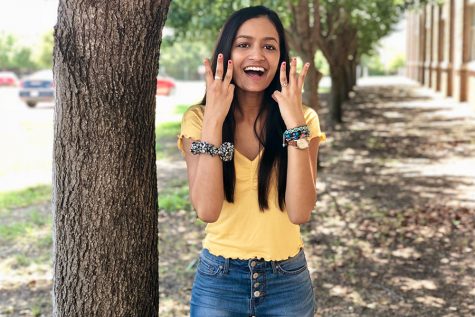
Shreya is a senior and this is her fourth year in wingspan. As a senior, she finds almost everyone annoying and hates when underclassmen accidentally touch...



